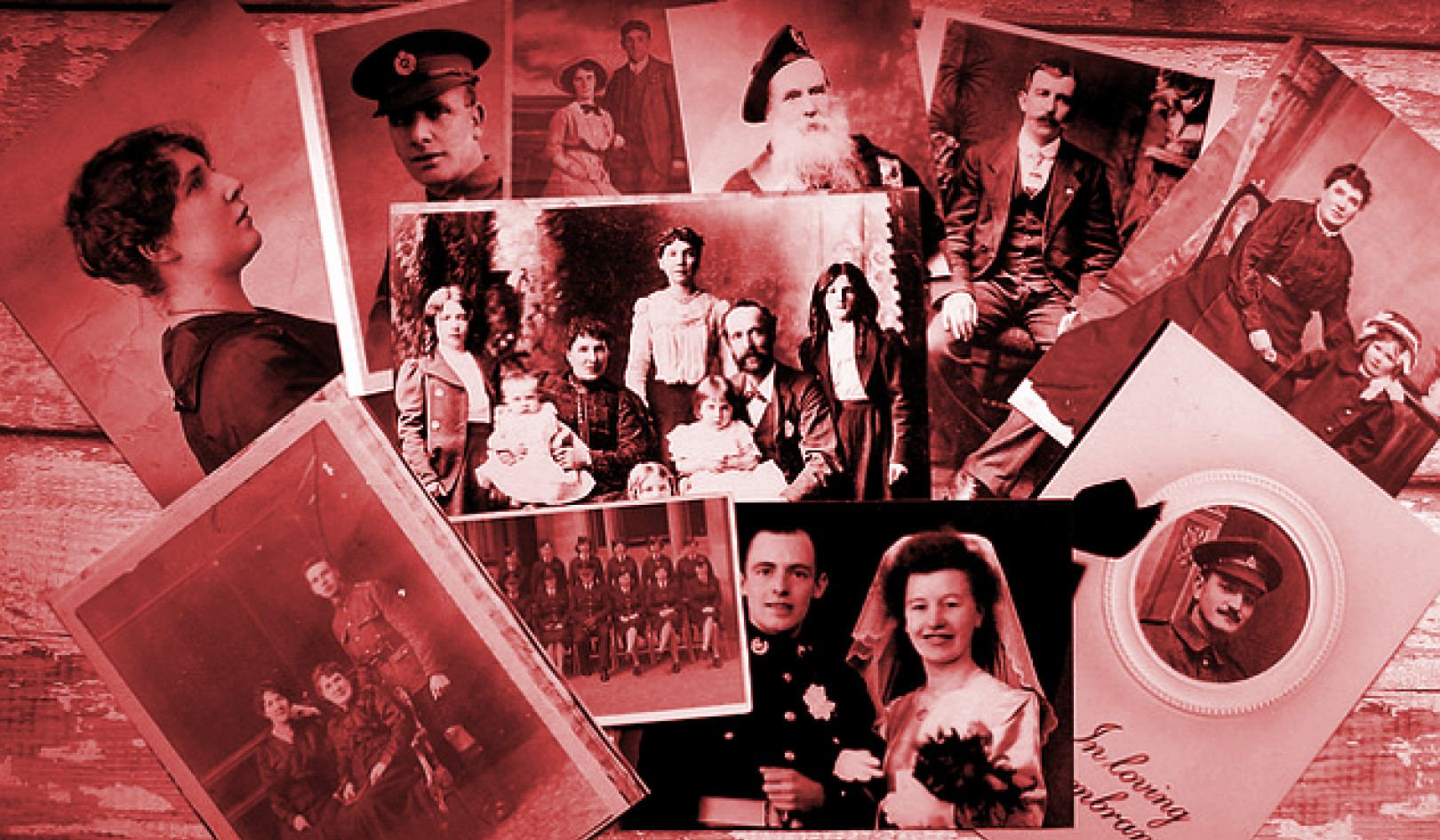
Resisting is a tensing-against something. It gets revved up via some kind of mental handling (complaint, story-spinning, denial), leading to emotional distress. Whatever difficulty you’re experiencing in the presence of something you’d prefer hadn’t happened, resistance compounds the challenge by piling on negativity. It heaps suffering on top of suffering, intensifying the pain of what’s already hurting. Pushing against something that’s insisting its presence into your life involves pointless exertion. It’s tiring.
If you tense your arm for an injection, it hurts more.
At a time of challenge, you need to save your valuable resources for addressing the situation. If you wear yourself out in anger or denial, if you allow yourself to get stuck in the past (how the situation could have been avoided or foreseen), there won’t be as much positive energy and creativity available to do something useful to improve things. To move on from here.
Before fruitful moving-on can take place, here has to be seen for what it is. It has to be allowed.
Acceptance Is Not Approval
Allowing the fact of a thing has nothing to do with liking it. Having wanted something to be otherwise pales beside the truth that it happened the way it did. Understanding the power of acceptance means realizing this essential truth.
This isn’t about putting a good spin on something unwelcome. Acceptance has nothing to do with a positive orientation. It’s also not about being a doormat.
We tend to think that acceptance is tantamount to approval. That resistance is justified (even inevitable) if a thing is deemed unfavorable. These beliefs suggest it isn’t possible to accept something you wish were otherwise. They locate the cause of suffering in the wrong place, attaching it to the outer development, instead of pointing at the resistance.
Another erroneous assumption has to do with the desire for change. Accepting something doesn’t mean you’re stuck with it, if it’s amenable to improvement. You can accept reality and then move on to trying to bring about change.
It’s often supposed that corrective action must begin with railing against what is. Political action is typically fueled by forceful opposition (even anger and hatred) against those who see things another way. The truth is, resistance brews only negativity. Whether you want to get your candidate elected or dig your car out of a snow bank, indignation is a drain, not a positive force.
Work for change that starts with resistance of the current situation is a breeding ground for recklessness and squandered resources. When anger, frustration, and judgment spur action to right a perceived wrong, as much harm is done as good.
The effort will be both more productive and more pleasant if it’s launched from a calm acceptance of the present situation. Seeing where things are establishes a tone of receptivity and openness. Intelligence, creativity, and devotion thrive in an environment of acceptance. The desired outcome grows more likely. Meanwhile, suffering isn’t compounded by negativity.
Being Sane
When you allow intelligent awareness to take in reality and say this is what’s real, something in you feels sane. A feeling of craziness comes about when you get stuck in insisting that this (actual, real) thing should be different from what it is—that it shouldn’t have happened. But it did. There’s a conflict between the intelligence that sees truth and the ego that dislikes it. Peace becomes impossible.
The ego-mind insists that its annoyance/disappointment/indignation can somehow overwhelm reality. Meanwhile, a deeper knowing sees the absurdity of the attempt to vanquish what-is. The pain of resistance comes of investing in what’s deeply known to be madness: the effort to undo what cannot be undone.
When you turn toward something difficult, when you allow yourself to be sane, you ease into peacefulness. You couldn’t do a kinder thing for yourself.
The First Step: Noticing Resistance
 It’s one thing for the mind to be persuaded of the sanity of acceptance, in the abstract, and quite another to actually accept an unwelcome real-life development.
It’s one thing for the mind to be persuaded of the sanity of acceptance, in the abstract, and quite another to actually accept an unwelcome real-life development.
If you’re driving along and flashing blue lights show up in your rear view mirror, it’s inevitable you’ll tighten against the prospect of getting a ticket—isn’t it? If you spill coffee on your tan pants while rushing out the door to go to work, it seems natural you’ll be irritated (you don’t have any other clean pants, plus now you’ll be late). How could it be otherwise?
The reaction seems inherent to what’s happened. Resistance comes very fast.
Maybe it’s true you just wrecked your good pants, and you’re going to be late to work. Maybe you are about to get a ticket. But cursing at these things will do nothing to make them untrue. All it does is worsen an already miserable moment.
Bringing Attention to Awareness Bears Fruit
Here’s where bringing attention to awareness, in a moment of life, bears fruit. Seeing what you’re feeling highlights what you have to say in the matter of whether (and how much) you suffer. Self-observation is the effective teacher—and it goes with you everywhere you go, if you remember to allow it.
The beginning of the discovery is noticing when resistance starts. A clue that you’re pushing against reality will likely be some kind of inner disturbance. Anytime you feel discomfort or negativity within, look to see if there’s something you’re resisting. The early signs are often felt in the body: muscular tension, facial expression, eyes rolling up in the head, a dismissive gesture of the hands, the whole body turning away. Meanwhile, the mind starts its commentary. This is ridiculous! I should’ve been more careful. Look at that idiot.
As resistance ripens, strong emotions may be generated (fury, dread, frustration). You may find you’re working to avoid feelings, to squash them under the pressure of the mind’s monologue. If someone else is there, chances are you’ll vent, raise your voice, attempt to engage the other in negativity. Maybe you’ll deny the situation, trying to escape it, physically or mentally.
As you become aware of resisting, note that the cause of discomfort isn’t entirely the outer situation. Sometimes seeing the pain generated by resistance will cause it to dissipate. Even if the resistance continues, noticing the sensation of pushing against the unwelcome thing will benefit you. Over multiple episodes, you’ll see how fighting reality actually causes pain. Eventually, you’re sure to become better able to accept what you find unpleasant or difficult. You’ll suffer less, simply because of having given attention to what resistance feels like in real-life experience.
The Initial Response to Disliked Things
Ordinary life delivers up a steady stream of things we could do without. Whether it’s something trivial (the car not starting) or major (the marriage breaking up), the machinery of resistance is the same. If you’ve done the day-long observation of good/bad feelings, you may have noticed that the initial response to disliked things involved resistance. (If you haven’t done this exercise yet, you’ll find it illuminates the connection between resistance and suffering.)
Once you get that reality simply is (whether or not you’d have chosen it), you’ve taken a significant step away from being at the mercy of life. When you stop needing to know whether a given experience is friend or foe, you have a taste of freedom.
Life provides abundant opportunities to yield to unwelcome reality. Most are declined, quite automatically, without questioning. As your willingness to notice yourself becomes steady, things that could be yielded to will be recognized and turned toward, sparing you the pain of resistance.
You’ll discover choice where you never imagined it could be.
©2012 by Jan Frazier. All rights reserved.
Reprinted with permission of the publisher, Weiser Books,
an imprint of Red Wheel/Weiser, LLC. www.redwheelweiser.com
Article Source:
The Freedom of Being At Ease with What Is
by Jan Frazier.
Click for more info or to order this book on Amazon.
About the Author
 Jan Frazier is a writer, spiritual teacher and the author of several books including When Fear Falls Away: The Story of a Sudden Awakening. Her poetry and prose have appeared widely in literary journals and anthologies, and she has been nominated for a Pushcart Prize. Visit her at www.JanFrazierTeachings.com.
Jan Frazier is a writer, spiritual teacher and the author of several books including When Fear Falls Away: The Story of a Sudden Awakening. Her poetry and prose have appeared widely in literary journals and anthologies, and she has been nominated for a Pushcart Prize. Visit her at www.JanFrazierTeachings.com.
Watch an excerpt of a video of Jan Frazier at the Sirius Retreat
Watch a video: Jan Frazier Teachings - 'It Isn't About Liking it' (A Reading)


























